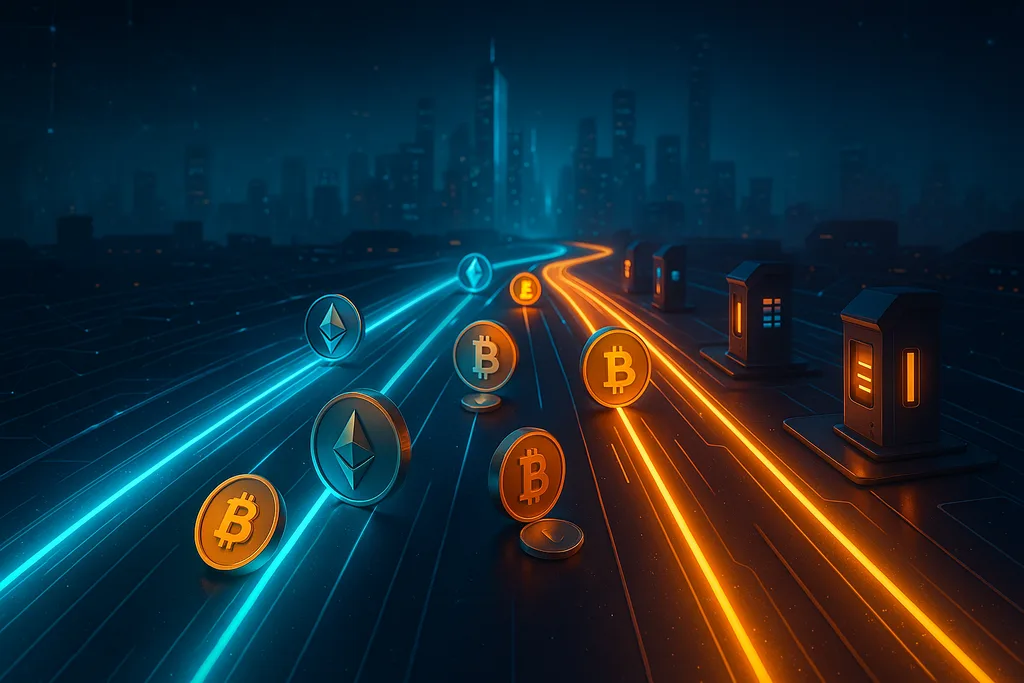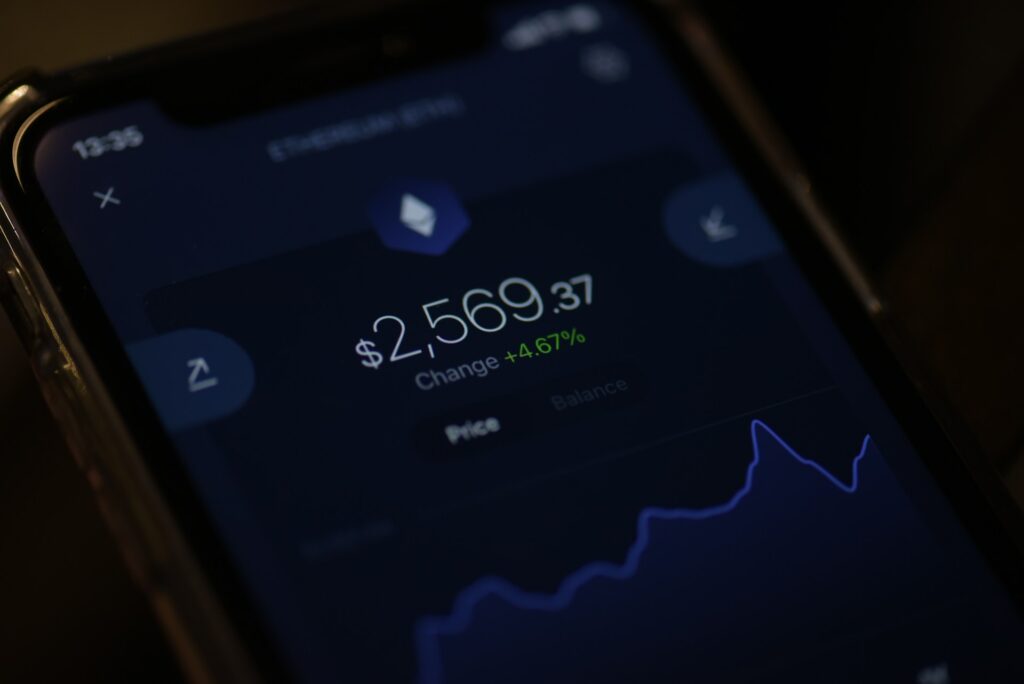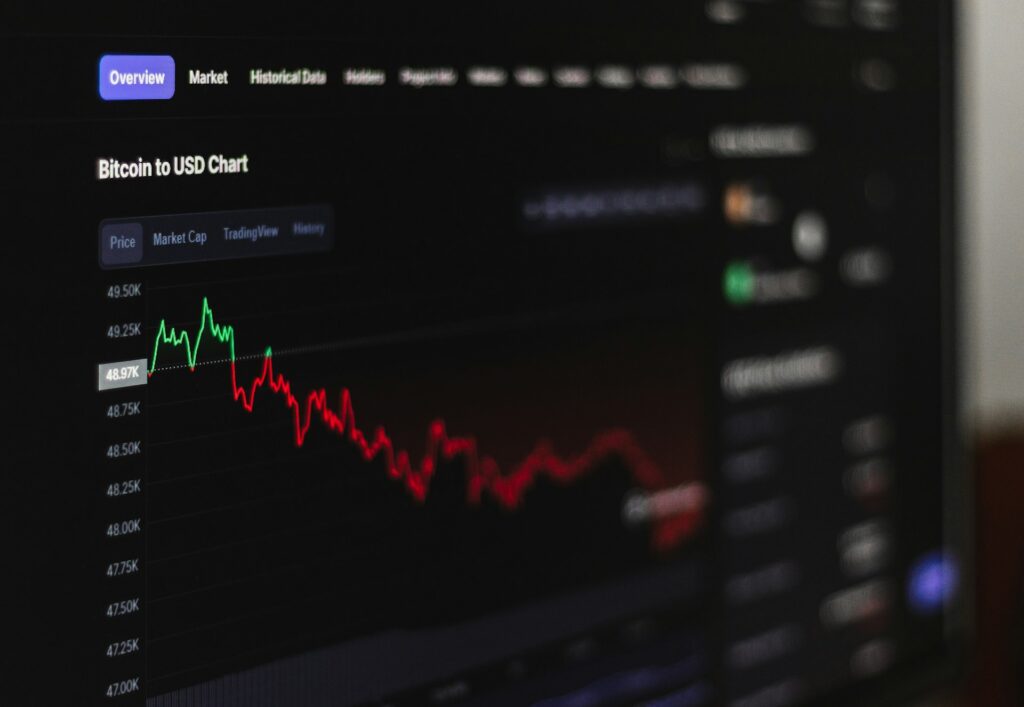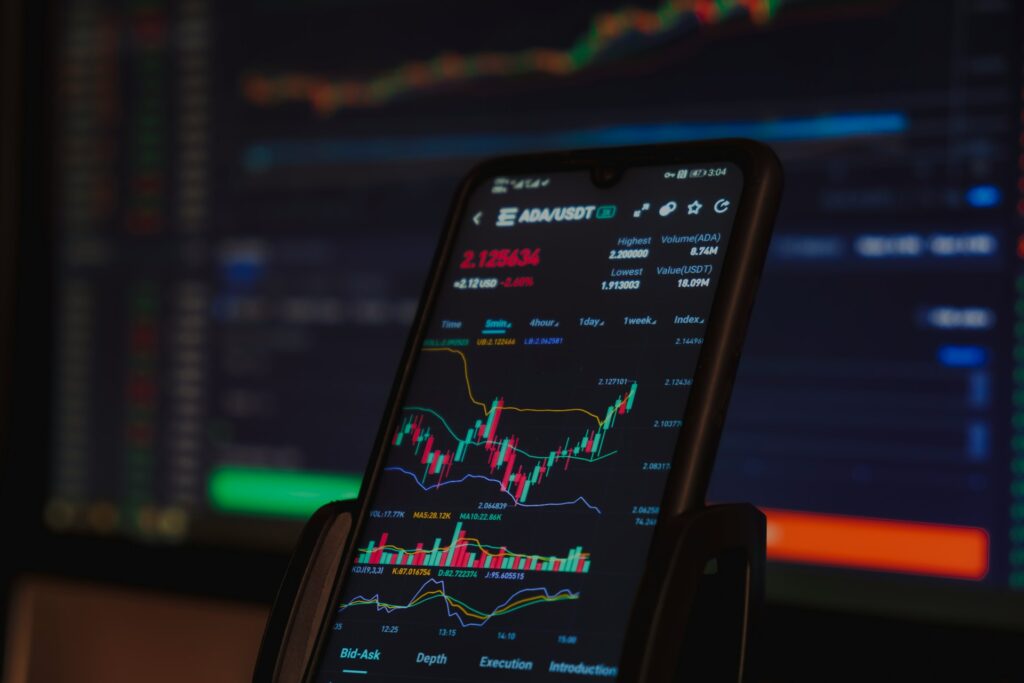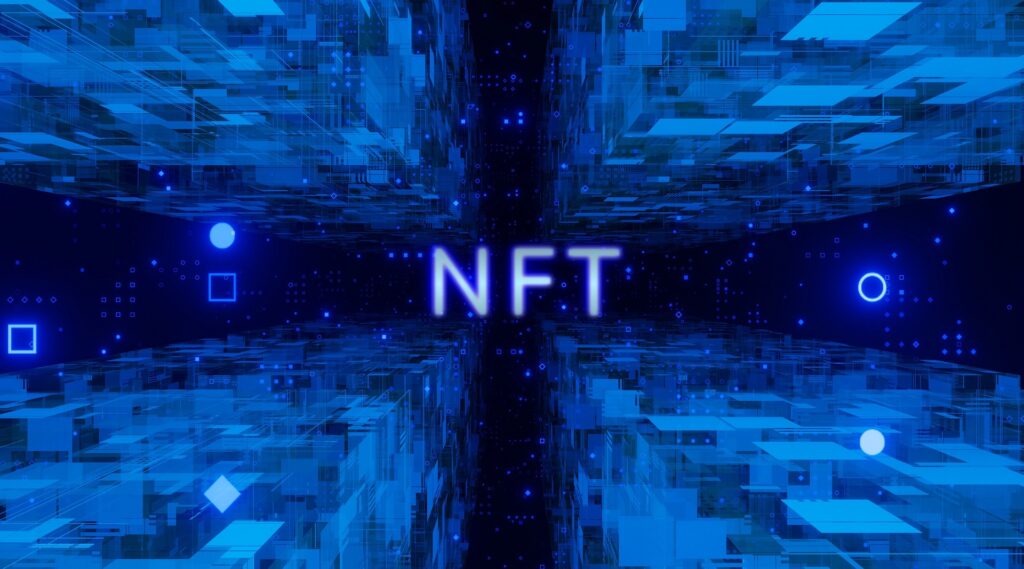When I first started using Ethereum, I was all excited. I had just discovered NFTs and wanted to mint my own. I found a cool project, connected my wallet, and clicked “Mint.” Then boom, $120 gas fee just to send a $50 transaction.
I remember refreshing the screen multiple times, thinking it was a glitch. It wasn’t!
That day, I fell into the world of crypto gas fees, one of the most confusing and frustrating parts of blockchain for newcomers. If you’re here because you’ve heard the term or have been shocked by sky-high transaction costs, you’re not alone. This guide will break it all down in plain English, no jargon, no fluff.
What is a gas fee in crypto?
Let’s start with the basics. A gas fee is the cost of performing a transaction on a blockchain.
Whether you’re:
- Sending ETH or any other token
- Swapping coins on a decentralized exchange like Uniswap
- Minting an NFT
- Interacting with a smart contract
You need to pay a fee to the network. That fee is called gas.
The term “gas” comes from the idea that your transaction is like a car on a road. You need fuel to move from Point A to Point B. In crypto, gas is that fuel, and it’s paid in the native token of the blockchain (for example, ETH on Ethereum).
Why do gas fees exist?
Gas fees are essential for three main reasons:
- They reward miners or validators
These are the folks (or machines) who verify and add your transaction to the blockchain. - They prevent spam
If transactions were free, people could flood the network with junk. - They prioritize transactions
The higher the gas fee you pay, the faster your transaction gets picked up.
How are gas fees calculated?
Gas fees can seem random, but they follow a structure. Let’s break it down.
On Ethereum (as of the EIP-1559 update), gas fees have three parts:
- Base fee: A fixed minimum fee required for all transactions. It adjusts automatically depending on network congestion.
- Tip (priority fee): An optional extra fee you add to speed up your transaction.
- Gas limit: The max amount of gas you’re willing to use. Different actions require different gas amounts.
Here’s a simplified example:
| Item | Value |
|---|---|
| Gas limit | 21,000 |
| Base fee per gas | 30 gwei |
| Tip per gas | 2 gwei |
| Total fee (in gwei) | 32 × 21,000 = 672,000 gwei |
| Fee in ETH | 0.000672 ETH (roughly $1.80) |
Note: 1 ETH = 1 billion gwei
Why do gas fees go up?
Gas fees go up mostly due to network congestion. When a lot of people are trying to use the blockchain at once, fees skyrocket.
Think of it like surge pricing on Uber. More demand, higher prices!
Common congestion times:
- When hyped NFT projects launch
- During market crashes or pumps
- When meme coins start trending
Ways to reduce your gas fees
Now let’s talk strategy. Gas fees can be painful, but there are smart ways to avoid paying more than you need to.
1. Use the network during off-peak hours
Gas prices fluctuate throughout the day. Typically, late-night or early-morning (UTC) hours are cheaper.
Personal tip:
I once waited until 3 a.m. to swap tokens on Uniswap. Saved me around $40 in fees. Totally worth the extra caffeine.
2. Set a custom gas fee
Most wallets, like MetaMask, allow you to customize your gas fee. If you’re not in a rush, you can lower the tip and save money. Just be prepared to wait a bit longer for confirmation.
3. Use layer-2 solutions
Layer-2 networks are built on top of Ethereum and are designed to be faster and cheaper.
Popular ones include:
They offer massively reduced fees while still keeping you in the Ethereum ecosystem.
| Network | Avg. transaction fee |
|---|---|
| Ethereum | $5 to $100+ |
| Arbitrum | $0.10 to $0.50 |
| Polygon | Less than $0.01 |
| Optimism | $0.05 to $0.30 |
4. Batch your transactions
If you’re planning to move multiple tokens or interact with several contracts, look for platforms or dApps that support batching. This lets you combine several actions into one transaction.
Which blockchains have low or no gas fees?
Not all blockchains are created equal. While Ethereum is known for high fees, others are much cheaper, or even free.
| Blockchain | Gas fee status | Notes |
|---|---|---|
| Ethereum | High | Secure and widely used, but expensive |
| Solana | Very low | Fast and cheap, but has had outages |
| Avalanche | Low | Popular for DeFi and NFTs |
| Algorand | Very low | Under 0.001 ALGO per transaction |
| Cardano | Low | Stable fees, good for sending ADA |
| IOTA | No fees | Uses a different structure (Tangle) |
Why do people still use expensive networks like Ethereum?
It’s a fair question. If Ethereum fees are so high, why are people still using it?
Here’s why:
- Security: Ethereum is one of the most battle-tested blockchains. It’s trusted.
- DeFi and NFT dominance: Most of the biggest DeFi protocols and NFT marketplaces started on Ethereum. First movers still matter.
- Interoperability: Many layer-2 solutions are tied back to Ethereum, making it a hub for innovation.
So yes, it’s expensive. But it’s also where the most action happens.
Gas fees aren’t evil, just misunderstood
Gas fees can feel like an unnecessary tax. I get it. I’ve paid more in fees than I’d like to admit. But once you understand why they exist, they start to make more sense. They keep the network secure. They prioritize transactions. And in many cases, they push developers to find better, more scalable solutions.
In fact, Ethereum is already working on Proto-Danksharding (coming in future updates), which could cut gas fees drastically. Other networks are also pushing limits, building faster and cheaper ecosystems.
Final tip:
Bookmark a gas tracker site like https://etherscan.io/gastracker to stay on top of current gas prices before you make a transaction.
Key takeaways:
- Gas fees are what you pay to make a transaction on a blockchain.
- They’re calculated based on network load, gas limit, and the base + tip fee.
- You can reduce gas fees by using layer-2s, transacting during off-hours, or batching transactions.
- Ethereum has high fees, but it’s also the most secure and widely used network.
- Alternatives like Solana, Polygon, and Avalanche offer low-cost options.
If you’ve ever yelled at your screen because of high gas fees, you’re not alone. But with a little planning and the right tools, you can avoid overpaying and make crypto a lot less stressful.
Have any gas horror stories or hacks that saved you money? Drop them in the comments below.
With over five years of experience in the tech industry, Kazim excels at simplifying complex topics, making them accessible to tech enthusiasts and general readers alike.
He has contributed to several renowned publications worldwide, including WindowsReport and Allthings.how, bringing insightful coverage of key developments in the field.
When he’s not writing, you’ll find Kazim planning weekend getaways or diving into tech verticals beyond his expertise.
